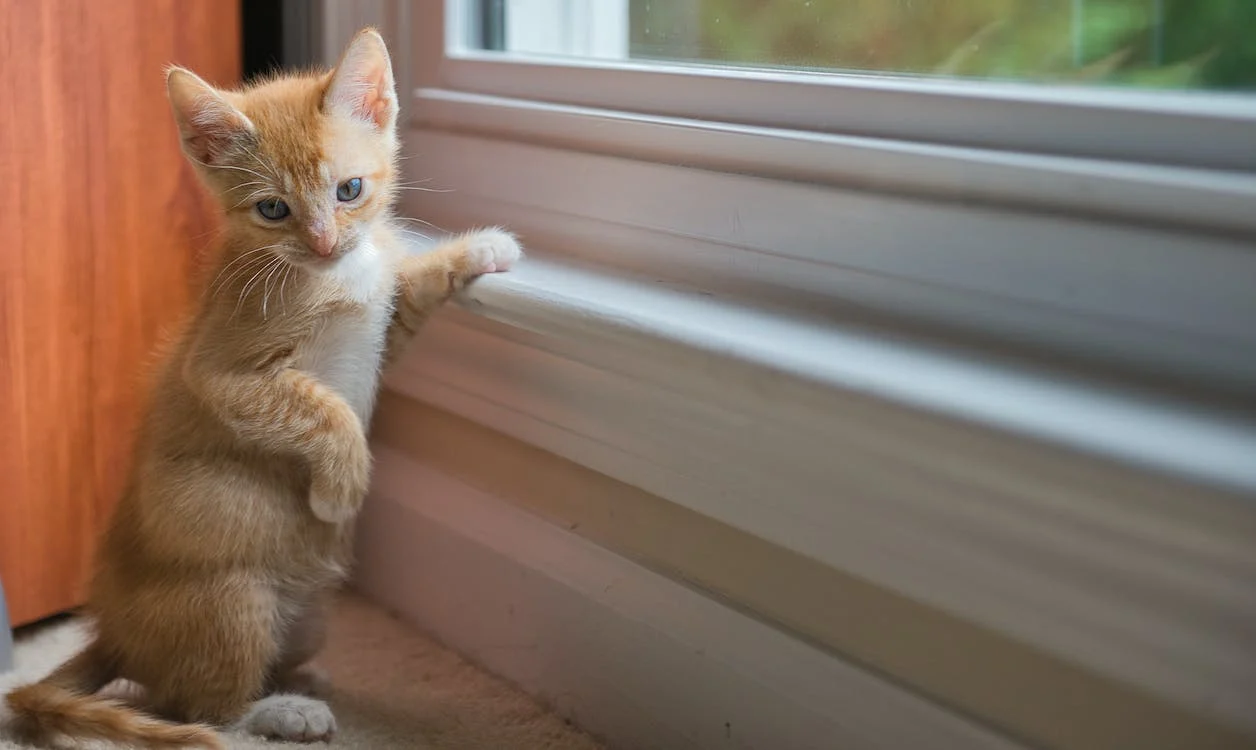Lifestyle
How Many Litter Boxes Should You Have in Your Home?

Providing clean, accessible litter boxes is one of the most important things you can do for your cat’s health and happiness. Choosing litter boxes that meet your cat’s needs and placing them in ideal locations in your home makes it more likely your cat will develop and maintain good elimination habits. But how many litter boxes should you have for your cat? Here are some tips for determining the right number and type of litter boxes for your feline family member.
Table of Contents
Types of Litter Boxes
Open Litter Boxes: Pros and Cons
Open litter boxes have no lid or cover; some cats prefer them for their open feel. However, they allow litter to scatter and odors to escape. Furthermore, there may not be any privacy for your furry little friend! Open boxes may suit outgoing, adaptable cats but not shy or anxious ones.
Covered Litter Boxes: Pros and Cons
Covered boxes contain litter and odors better, but some cats dislike the confined space. Lids and doors can also make access difficult for senior or disabled cats. Covered boxes may benefit shy or nervous cats, but only if the cat will reliably use the box.
Self-Cleaning Litter Boxes: Pros and Cons
Self-cleaning boxes automate scooping, but they tend to be expensive. Some cats are startled or frightened by the mechanical parts. Self-cleaning boxes can be good for multi-cat homes or those with limited mobility but may not suit anxious or noise-sensitive cats.
Types of Cats & Their Litter Box Requirements
Kitten Litter Box Requirements
Kittens need easy access to litter boxes, especially as they learn appropriate elimination habits. Shallow, open boxes with low sides in quiet areas away from feeding are ideal for kittens, and multiple boxes on each level of the home may be needed.
Adult Cat Litter Box Requirements
Healthy adult cats can do well with both open and covered boxes, preferably an extra-large litter box. Providing at least one box per cat plus one additional box is a good rule of thumb. For multi-level homes, have one box on each floor—place boxes in quiet, low-traffic spots away from resources.
Senior Cat Litter Box Requirements
Senior cats may need special considerations like open, low-sided boxes that are easy to step into. Litter box entries without lids or doors provide unobstructed access. Non-clumping, pelleted litter may be easier for older cats with mobility or respiratory issues. Have an extra large litter box with shallow litter, especially for longhaired senior cats.
How to Find the Ideal Type & Amount of Litter Boxes
Evaluating Your Cat’s Needs and Preferences
Consider your cat’s age, mobility, confidence level, and any medical issues when choosing litter box type and placement. Shy, anxious, or disabled cats may prefer more open boxes in secluded spots, and high-energy or playful cats may need more. Watch your cat use the litter box to determine their preferences before changing.
Considering Your Home’s Layout and Space
The size and layout of your home impact the ideal number and location of litter boxes. Multi-level homes need a box on each floor, and homes with many hiding spots or obstacles may require more boxes overall. Litter boxes should be in easily accessed but private locations, away from resources and high-traffic areas.
Determining the Ideal Number of Litter Boxes for Your Home
Two or more litter boxes are ideal for a single-cat home, with an extra box on each level. Multi-cat homes should follow the rule of n+1, with n being the number of cats. More confident, socialized cats may do fine with fewer boxes, while shy or anxious cats need more options. The more litter boxes, the less likely undesirable behavior like guarding or spraying will occur, and hence fewer bacteria will grow.
Conclusion
Providing the proper number and type of litter boxes suited to your cat’s needs is one of the best ways to keep your feline companion happy and promote good elimination habits. Evaluating your cat’s preferences, mobility, age, and medical issues will help determine the right litter box. Your home’s size and layout impact where and how many boxes you should have. While there’s no set formula, more boxes are always better, especially in multi-cat homes. Keeping litter boxes clean, giving cats options, and making boxes easily accessible can help prevent litter box problems.
Also, Read: Benefits Of Using A Matrix Treadmill For Cardio And Endurance Training

-

 Business3 years ago
Business3 years agoHow to Do Long-Distance Moves with Children
-

 Business1 year ago
Business1 year agoThe Ultimate Guide To Thriving In Your Printing Franchise
-

 Travel2 years ago
Travel2 years agoQuick Guide: Moving To Santa Rosa?
-

 Business1 year ago
Business1 year agoExploring The Benefits And Challenges Of Restaurant Franchising
-

 Business4 years ago
Business4 years agoIs Guest Posting a Good Inbound Marketing Strategy?
-

 Real Estate3 years ago
Real Estate3 years agoWhy Dubai Festival City is a Great Neighbourhood for Young Learners
-

 Lifestyle2 years ago
Lifestyle2 years agoDallas’ Hidden Gems: 6 Must-Try Restaurants Off The Beaten Path!
-

 Lifestyle2 years ago
Lifestyle2 years agoTop 10 Restaurant Franchises In The US











Recent Comments